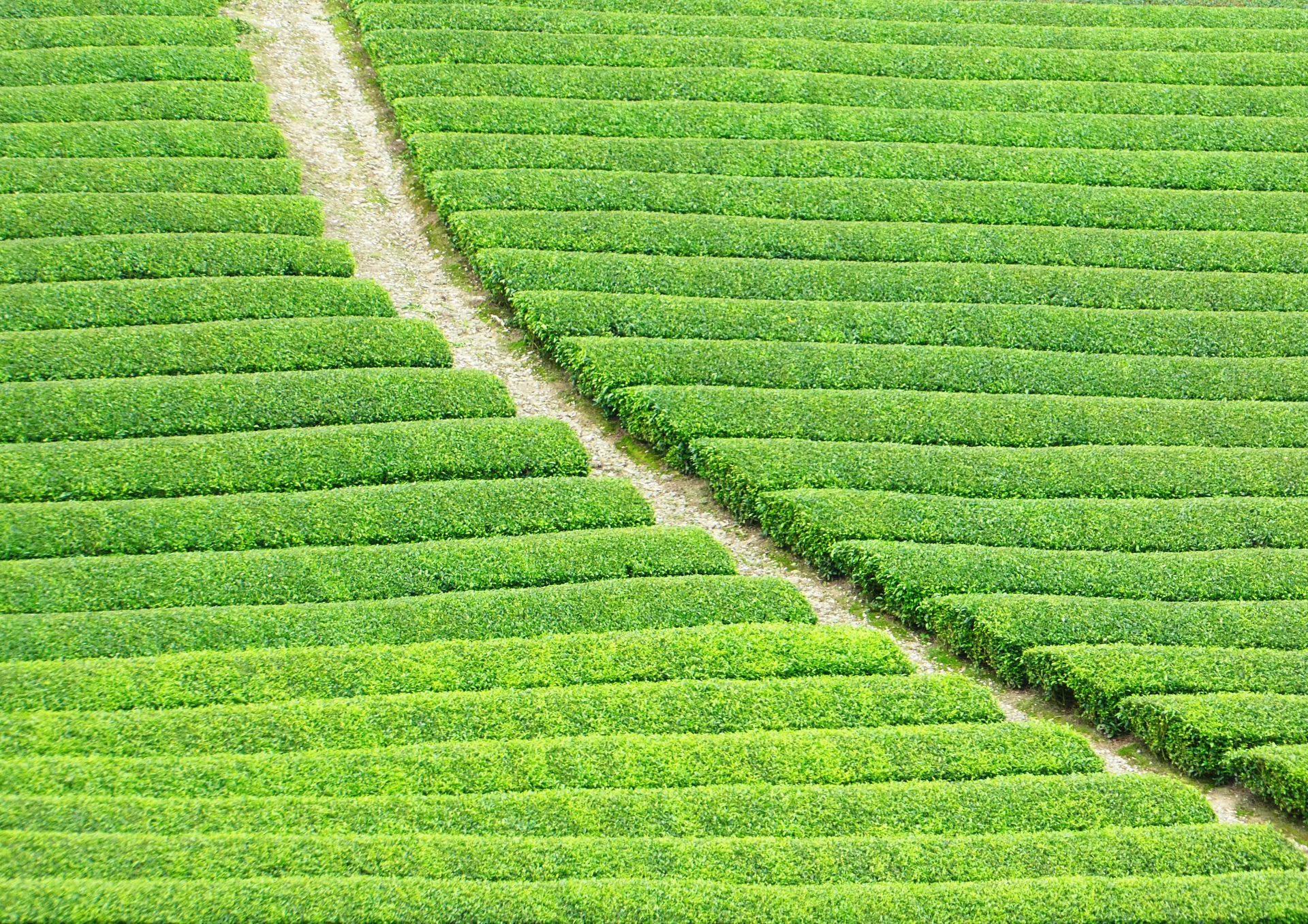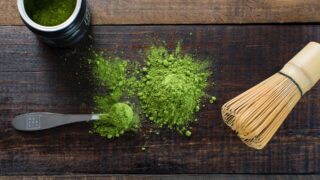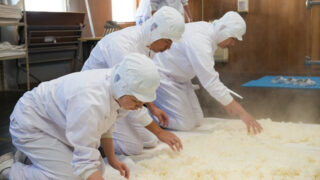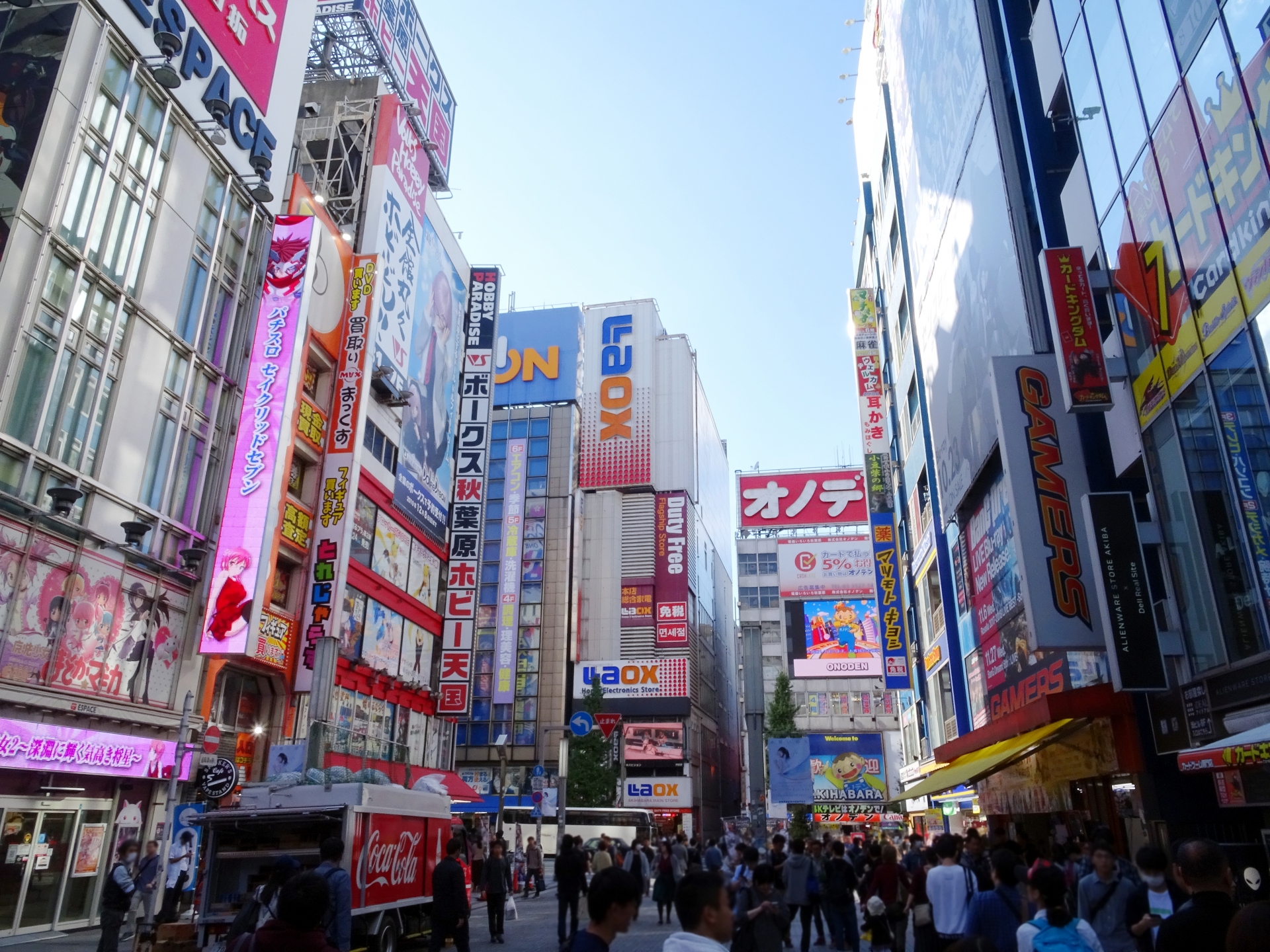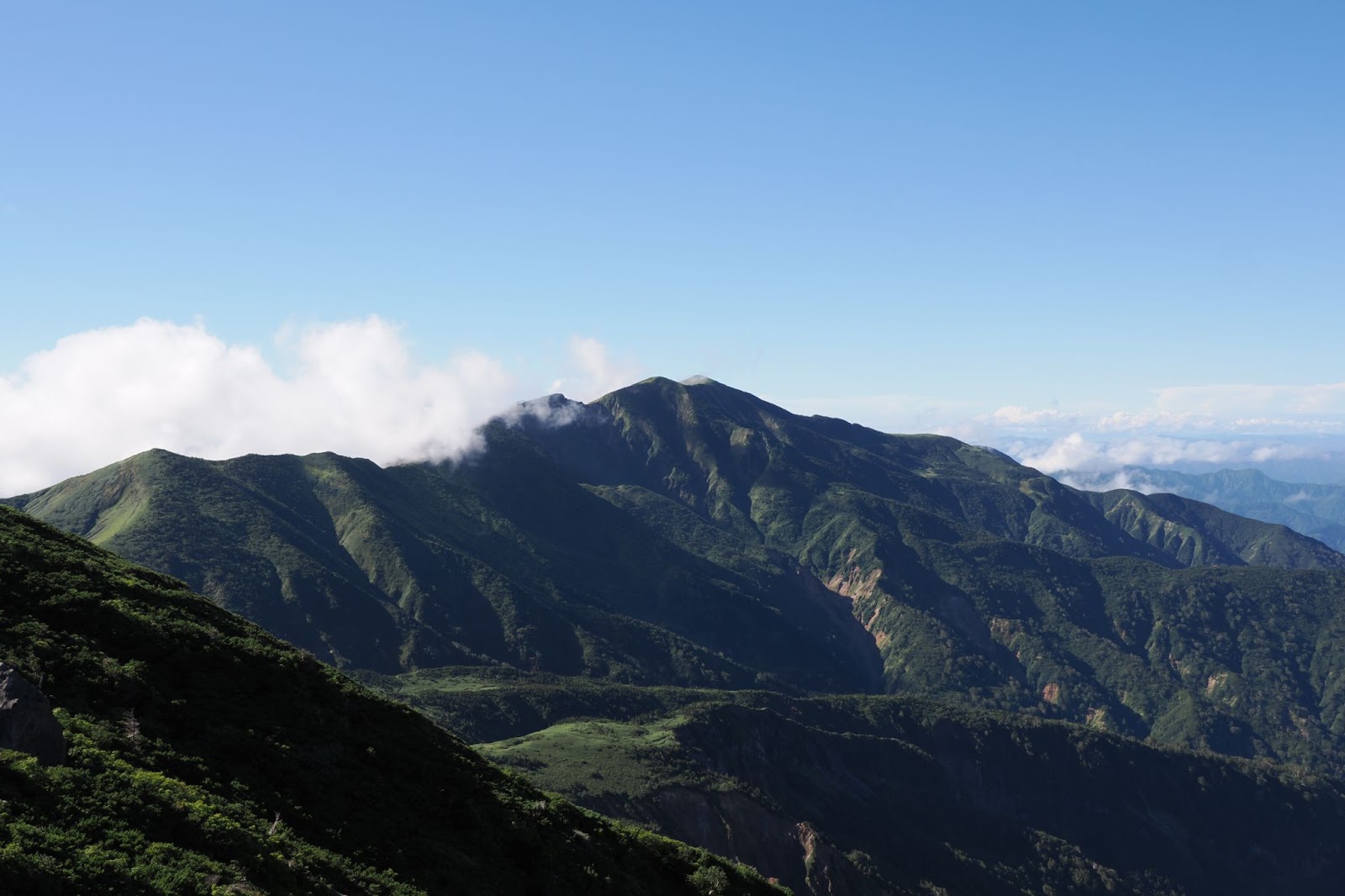
Bryce was born in California, but raised from the age of 3 near Seattle, Washington. He’s been living in Tokyo for about 8 years, and graduated from Temple University, Japan with degrees in economics and international business. He loves traveling of course, but also cooking, snowboarding, some video games as well. His biggest interest is songwriting/music production, more specifically electronic music (think Skrillex, Marshmello, Deadmau5, etc.), officially released under his name, Bryce Crowe. He also has terrible humor as you’ll notice, but he hopes you’ll enjoy it!
This post may contain some affiliate links. When you click through and make a purchase we may receive some commission, at no extra cost to you.
Welcome to the enchanting, delicious, and surprisingly healthy world of Matcha, where centuries-old tradition continues through various forms of modern indulgence. As you embark on your journey through the vibrant landscapes and towering cities of Japan, you will of course want to immerse yourself in the myriad of tastes that Japan has to offer. Prepare to dive into the rich history, captivating rituals, and unparalleled flavors of this finely powdered green tea, also known as a suspension tea (actually, it’s the only suspension tea in the world). Join us as we unveil the secrets behind the emerald elixir, guiding you through the must-visit locations, activities, and cultural experiences that make Japan a Matcha lover’s paradise.
What is Matcha?
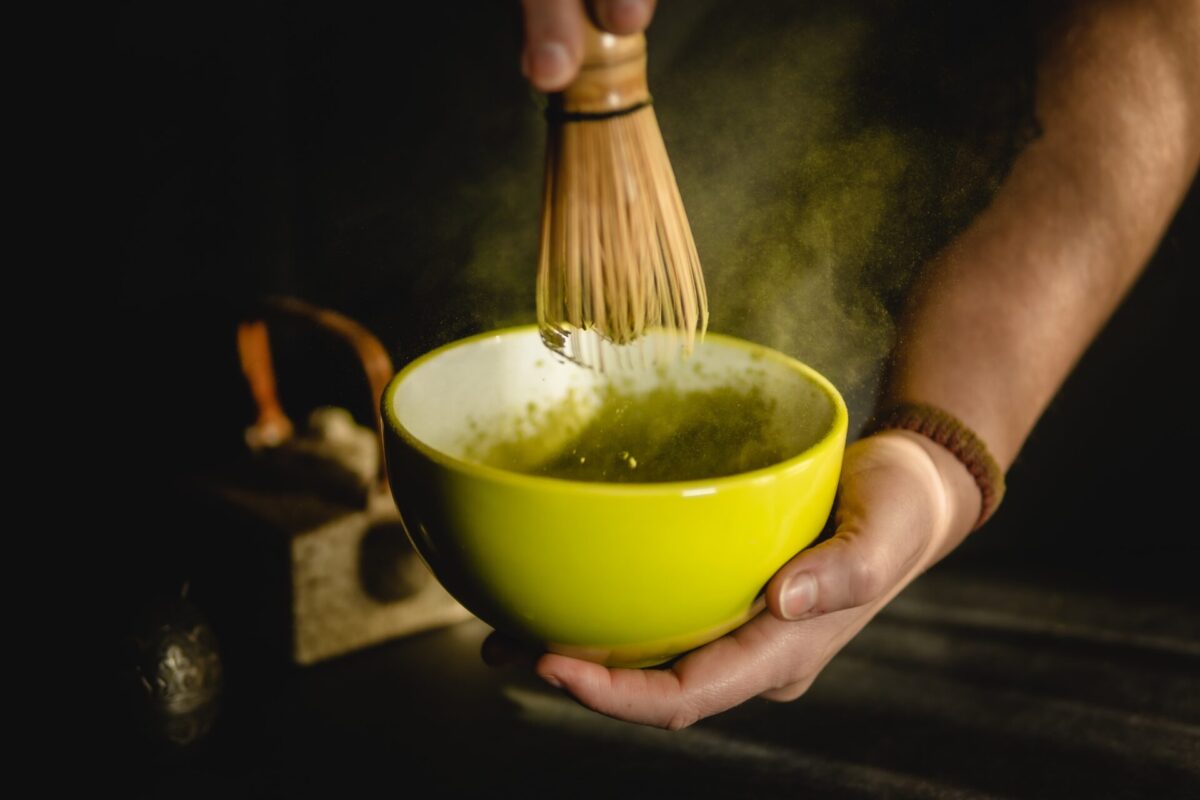
At its essence, Matcha is more than just a beverage; it’s a harmonious dance of flavors and culture. Derived from shade-grown tea leaves that are eventually stone ground, this powdered green tea boasts a distinctive velvety texture and an earthy, umami-packed, pleasantly bitter taste. Unlike typical green tea, Matcha is prepared by whisking the fine powder into hot water, creating a frothy concoction that’s as visually pleasing as it is delicious. Touching back on the suspension tea fact: it’s important to drink this in a timely manner as the tea particles are indeed suspended throughout the liquid; waiting too long will leave you with a silty finish. Dive into the heart of Matcha culture by savoring its versatility—whether in a steaming cup, pairing with delicate sweets, or even savory dishes, Matcha is a culinary marvel. Sado, the traditional and highly popular tea ceremony, is a great way to fully grasp the greatness of Matcha. We’ll talk more about how to do that later!
History of Matcha

To truly appreciate Matcha, one must delve into its storied past. Originating in China and later embraced by Japanese monks in the 12th century, Matcha evolved from a ceremonial beverage to a cultural phenomenon. China originally was grinding tea leaves and “beating” the powder with hot water before they abandoned this method for the now extremely common steeping method after tea pots were invented. The meticulous cultivation and production techniques have been passed down through generations, creating a ritualistic experience that transcends time. Matcha was especially popularized by Samurai whose identity was built on Zen Buddhism, thus cultivating this devout culture. For a great first-hand experience of this deep history, try visiting Uji, an area of Kyoto, where some of the finest green tea and matcha is sourced.
Difference Between Matcha and Green Tea
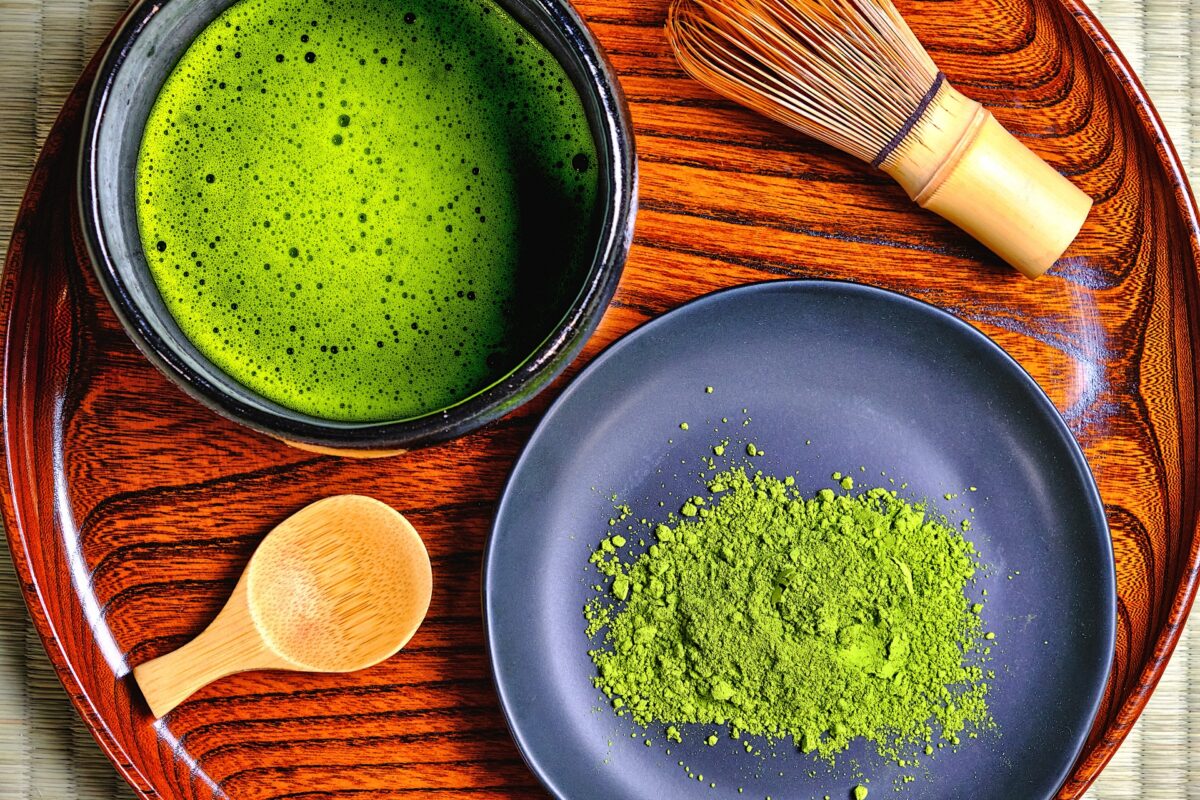
While both Matcha and green tea (as well as all true teas) hail from the same Camellia Sinensis plant, their journeys diverge in cultivation and preparation. Unlike green tea leaves, Matcha plants are shaded from the sun for several weeks before harvest, boosting chlorophyll levels and intensifying the vibrant green hue. The leaves are then stone-ground into a fine powder, encapsulating the entire tea leaf’s essence; perhaps the most distinguishable difference in the overall experience (yes, suspension tea!). This process not only sets Matcha apart in taste but also enhances its nutritional profile, making it a powerhouse of antioxidants and amino acids.
Where is Matcha Grown
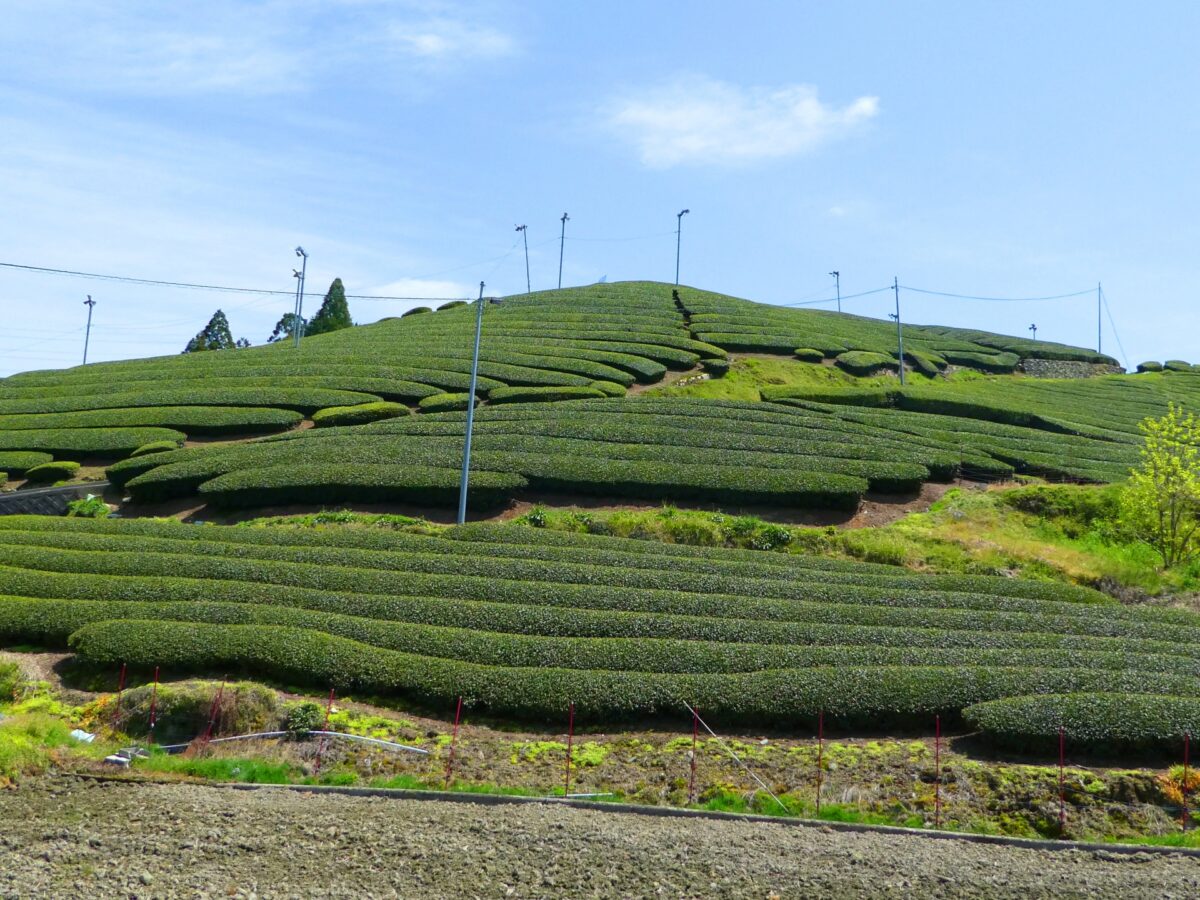
Embark on a journey through the serene landscapes of Uji, Kyoto, and Nishio, Aichi, the cradles of Japan’s Matcha cultivation. Uji, with its mist-covered hills, produces some of the finest ceremonial-grade Matcha. Kyoto, a city already well known for being steeped in tradition and history,, offers more than just a glimpse into the historical roots of Matcha culture. Nishio, surrounded by rolling hills and clear waters, boasts Matcha, prized for its versatility in culinary creations. Visit these regions to witness the meticulous craftsmanship and dedication that goes into cultivating the perfect Matcha leaf for the tastiest bowl of creamy, frothy matcha.
Health Benefits of Matcha
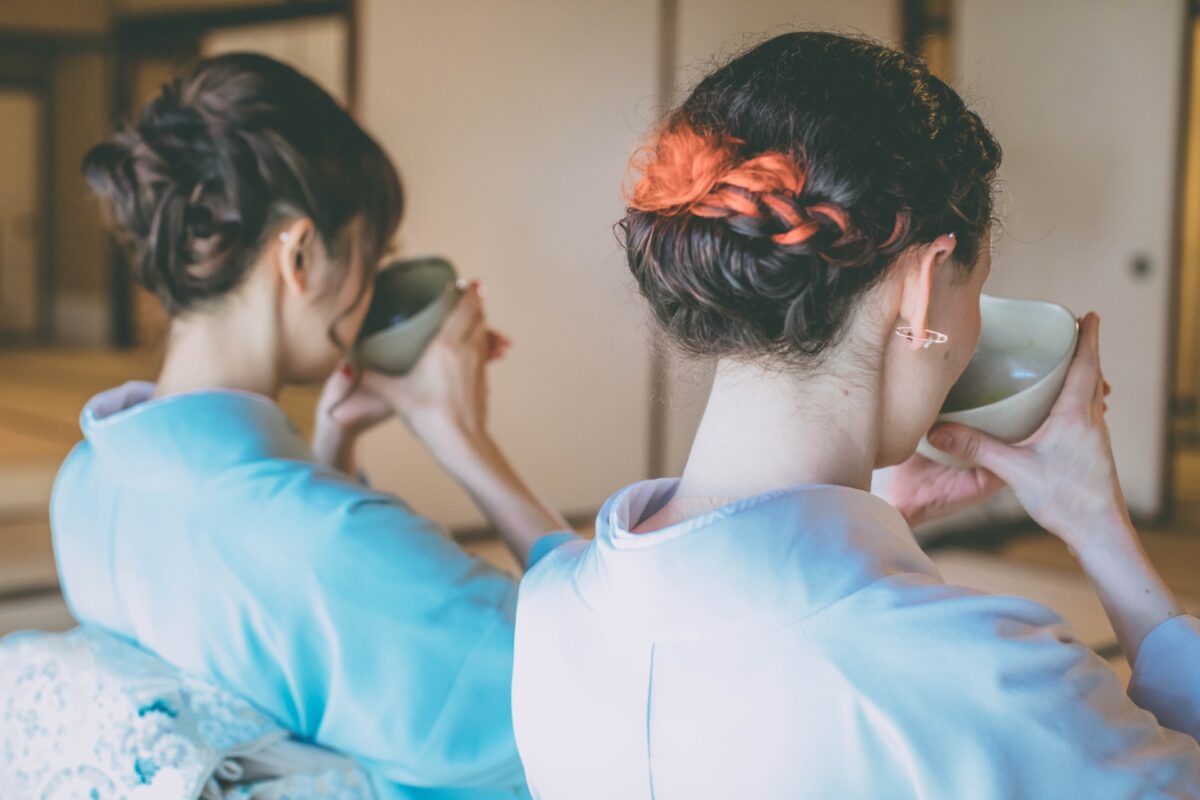
Indulging in Matcha isn’t just a treat for your taste buds—it’s a wellness ritual that has stood the test of time. Packed with antioxidants, Matcha promotes heart health, boosts metabolism, and fortifies the immune system. The amino acid L-theanine (Matcha contains 5x the amount of this than regular green tea) provides a calm focus, making Matcha a natural stress-reliever. It’s also been rumored to fend off cancer, increase brain function, protect the liver, and even help lose weight. Surely Matcha strikes more fear in doctors than apples. As you explore the vibrant streets of Japan, let Matcha be your companion in nourishment, ensuring you savor every moment of your journey.
Tea Ceremony Experiences in Tokyo

No exploration of Matcha is complete without partaking in a traditional Japanese tea ceremony. Tokyo, a city with seemingly everything,, offers a plethora of opportunities to witness this ceremonial art. Tokyo’s knack for striking a balance between tradition and futuristic elements is an ideal setting. Engage in a sensory journey as the tea master gracefully prepares and serves Matcha, guiding you through each nuanced step. Whether in a historic tea house or a contemporary setting, Tokyo’s tea ceremonies provide a glimpse into the profound cultural significance of Matcha, offering an experience that transcends time and captivates the soul. There are plenty of places to visit in Tokyo, in fact we’ve got the perfect list to help you find the best spot. Heres a few to start you off:
1. Ujicha Gion Tsujiri (Skytree)
With the main branch in Kyoto, this one is certainly a must see. Skytree is also a must see attraction; two birds one stone!
Another spot with a great stone to bird ratio. Set in the beautiful Hamarikyu gardens, it’s a great way to enjoy tea with a view.
Enjoy Matcha in a classy, refined way here. Sourced from Uji and kept pure, it’s a great choice.
Now, are you ready to enjoy some Matcha?
As you navigate the enchanting exciting areas and cultural experiences of Japan, let Matcha be your guide to a world where tradition and innovation coalesce. From the misty hills of Uji to the bustling streets of Tokyo, every sip of Matcha unveils a tale of craftsmanship, history, and unbridled flavor. Immerse yourself in the vibrant tapestry of Japanese culture, where Matcha reigns supreme as not just a beverage but a timeless journey of the senses.
Japan Wonder Travel Food Tours
Japan Wonder Travel is a travel agency that offers guided tours throughout Japan.
From private walking tours to delicious Food and Drink tours, we can help organize the best tours just for you! If you want to explore Japan and learn more about the history and backstories of each area you are traveling in, our knowledgeable and friendly guides will happily take you to the best spots!
In addition, we can provide you with any assistance you may need for your upcoming trip to Japan, so please feel free to contact us if you have any questions or need some help!
▶Tokyo Tsukiji Fish Market Food and Drink Tour
Explore the most lively and popular fish market in Tokyo where you will have the chance to try some of the local’s favorite street foods and sake along with your friendly English speaking guide!

▶Shinjuku Bar Hopping Tour: Experience Tokyo’s Nightlife in Izakaya
Check out the best spots in Shinjuku while bar hopping through the lively and vibrant area. Try some delicious local food and drink as you explore the narrow yet photogenic alleys that the town has to offer. Experience Japanese izakaya culture and drink in Shinjuku like the locals!
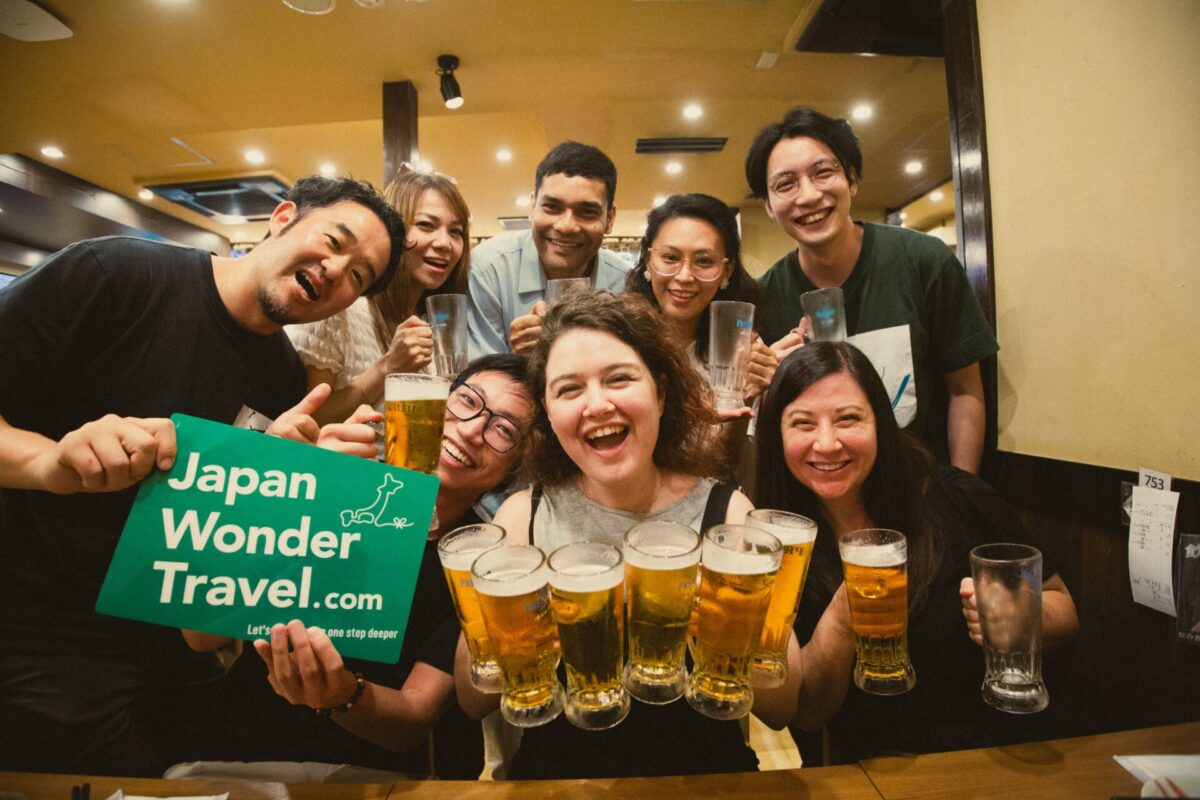
▶Explore Nishiki Market: Food & Culture Walk
If you’re looking to learn more about the culture and the local cuisine of Kyoto, this is the perfect tour for you! Take part in this Kyoto food and drink tour and explore the 400-year-old market and the surrounding areas.
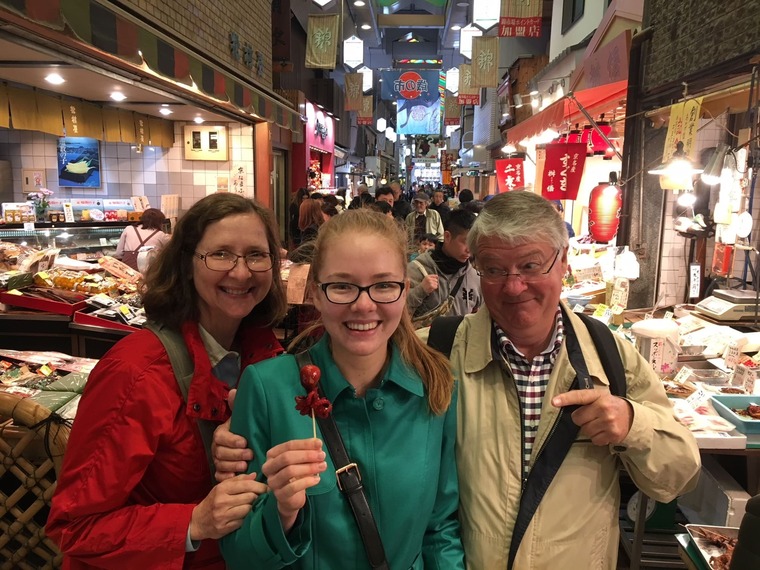
Follow us on Instagram, Facebook, Twitter, and TikTok for more travel inspiration. Or tag us to get featured!
Happy traveling!
